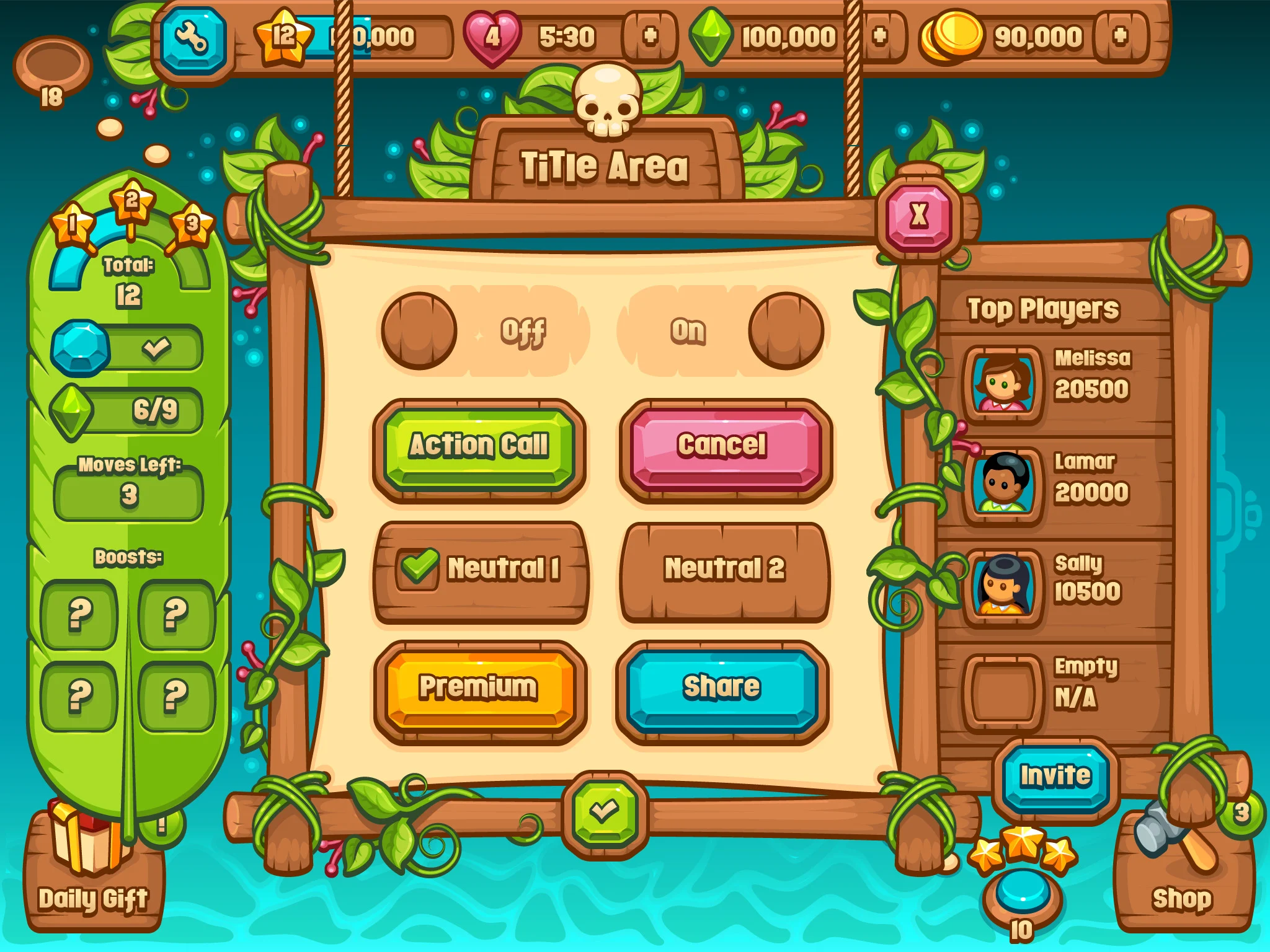
In a world where borders are often contentious and divisive, the concept of designing natural world borders without walls is an intriguing and innovative approach to reimagining our planet’s boundaries. By creating borders that are based on natural features such as rivers, mountains, and forests, rather than man-made structures like walls and fences, we can not only protect our environment but also foster a sense of interconnectedness and unity among different regions and countries.
One best minecraft server hosting reddit of the key benefits of designing natural world borders without walls is the preservation of wildlife habitats and ecosystems. When borders are delineated by natural features, it allows for the free movement of animals and plants, enabling them to thrive and adapt to changing environmental conditions. This in turn helps to maintain biodiversity and ecological balance, which are essential for the health of our planet.
Another advantage of natural world borders is the promotion of sustainable development and responsible land management. By taking into account the natural landscape when defining borders, we can ensure that resources are utilized in a way that benefits both people and the environment. For example, by preserving forests and rivers as natural boundaries, we can protect vital watersheds, prevent deforestation, and promote sustainable agriculture practices that respect the land and its inhabitants.
Additionally, designing natural world borders without walls can help to reduce conflicts and tensions between different regions and countries. When borders are based on natural features rather than artificial barriers, it can prevent disputes over land ownership and sovereignty, as well as promote cooperation and collaboration in managing shared resources. This can lead to greater peace and stability in the region, benefitting both locals and global communities.

From a cultural perspective, natural world borders offer an opportunity to celebrate and honor the unique landscapes and environments that make each region special. By recognizing the natural beauty and diversity of the land, we can foster a sense of pride and stewardship among local communities, as well as promote tourism and sustainable economic development. This can help to preserve traditional practices and knowledge that are tied to the land, ensuring that future generations can continue to benefit from its resources and beauty.
In terms of design, creating natural world borders without walls requires careful planning and cooperation between different stakeholders. It may involve the use of satellite imagery, geographic information systems, and other technologies to map out the natural features of the land and identify potential border locations. This process can be complex and challenging, but with the right expertise and resources, it is possible to create borders that are both functional and aesthetically pleasing.
One example of a successful implementation of natural world borders is the Peace Parks Foundation, which works to establish transboundary conservation areas that span multiple countries in Africa. These parks are based on natural features such as rivers and mountains, and serve as havens for wildlife and ecosystems, while also promoting peace and cooperation among neighboring countries. This innovative approach to border design has been instrumental in protecting endangered species, supporting local communities, and fostering regional integration and development.
Overall, designing natural world borders without walls is a forward-thinking and sustainable solution to the challenges of border governance and management. By embracing the natural landscape and working together to protect and preserve it, we can create a more harmonious and interconnected world that benefits people, wildlife, and the planet as a whole. It is a vision worth striving for, and one that has the potential to shape a better future for generations to come.

